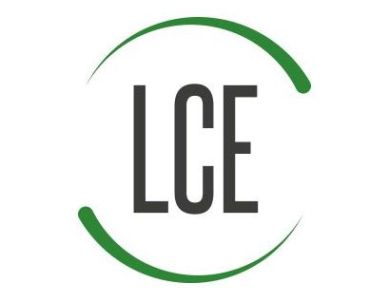October 2023

Massimo has been working at LCE since 2016 focussing on applicating Life Cycle Assessment methodology to quantify environmental footprint of products, services and technologies.
Massimo is working with the LCE team in Safelimove as sustainability expert. LCE main activities in SAFELiMOVE are related to quantify the project environmental footprint, contributing to investigating overall project sustainability.
What was your original motivation to become a researcher?
I am not actually a researcher, as we are a consultancy firm. But in principle the main reason to enter the sustainability area was the curiosity about how things work in the real world. With our job you can really explore a lot of value chains, understanding how things are made. I find this very useful and it is hard to get bored!
What is your (main) research area today?
We are experiencing a huge expansion in quantifying Carbon Footprint and other environmental metrics in the industrial domain. Both EU commission and the B2B compartment are pushing very hard to introduce sustainability as a market variable: I think this is the good way to enable some change in how we produce and consume every kind of good.
What is the main objective of your team in SAFELiMOVE?
SAFELiMOVE is aiming at developing an innovative battery for the automotive; with such kind of applications is very important to ensure that we are boosting technologies which are really sustainable. This means quantifying the impacts of producing and using the battery as well as ensuring the maximum recyclability potential at the end of life. That’s what we do in the SAFELiMOVE project, thanks to the cooperation among all partners devoted to battery design, testing and prototyping.
What expertise and facilities does your team have to meet those objectives?
LCE has a very strong background in applying Life Cycle Assessment methodology to quantify the impacts of a wide range of activities. Our core team is composed of engineers and scientists, each one with unique skills: this way we can effectively build up calculation models to calculate SAFELiMOVE impacts in a science-based manner.d
Which aspects of your research at SAFELiMOVE do you believe are the most innovative and what unique opportunities offer SAFELiMOVE to yourself and/or your organisation?
Since we entered SAFELiMOVE we had to strongly increase our knowledge of the solid state battery domain. This area is expanding at fast pace, so it might be difficult to keep updated continuously. With SAFELiMOVE we had the opportunity to discuss with sector experts about trends, solutions, bottlenecks and market breakthrough of the technologies. I think such kind of outcome is of uttering importance in the EU-funding programs, as it boosts the cooperation among people which is the key to face complex issues such as decarbonising automotive sector.
How do you see the future use of the SAFELiMOVE-results and the impact of SAFELiMOVE-project in our daily lives?
We hope Safelimove will contribute to overall development of the solid-state batteries; if the technology should scale up to an industrial level we could find this solution in our cars in a bunch of years! If not, we will surely pave the way for new solutions which will benefit from our results and explore different approaches.
